5 Reasons to Race to Running For Grace
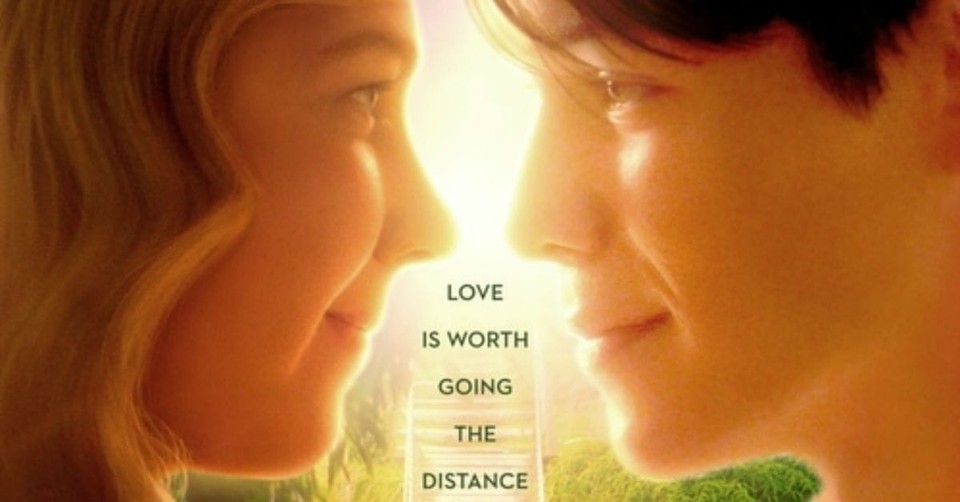
When the opening shots of a small budget movie boast a panoramic scale of epic scope, it sets the stage for a level of ambition not often seen in family fare. Running For Grace, a new period-piece set against the tropical beauty of the Hawaiian isle, is the story of a young romance threatened by divisions of race and class.
Its hero is Jo, a mixed-race half-white / half- Japanese orphan who falls for Grace, the daughter of a powerful white, bigoted businessman that owns and operates the region’s biggest coffee bean plantation.
Jo – whose blazing speed keeps pace with horse-drawn carriages and early motorcars – is also an apprentice to a local doctor (played by Matt Dillon) that cares for the low-income Asian immigrant labor, people that the plantation owner overworks to the point of exhaustion and abuse.
Jo’s gift of running ends up playing a crucial role at key moments, from life-threatening health crises to a climactic moment of truth.
Running For Grace is an unabashedly inspirational film of an underdog commoner pitted against entitled elites, and here are five key aspects that distinguish it.
Photo Courtesy: Blue Fox Entertainment
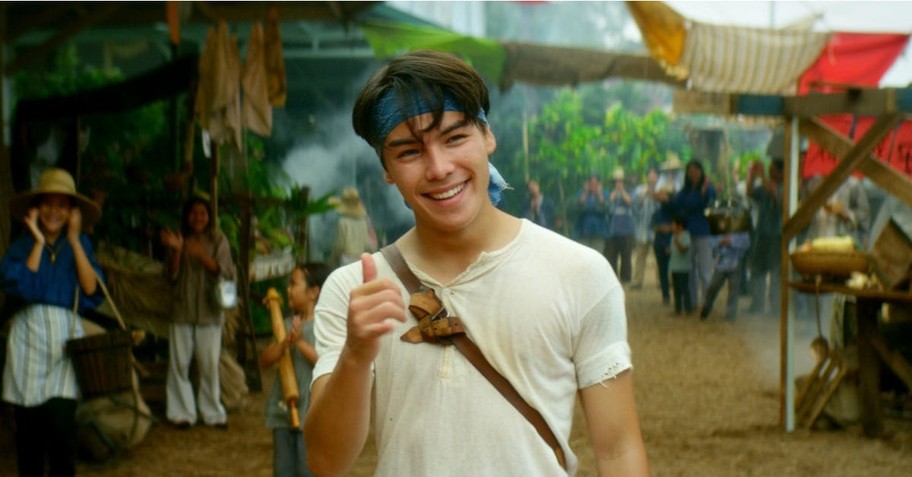
1. It follows a Tried-and-True Disney Formula
Throughout its history, Walt Disney Studios set and honed a template for their approach to dramatic structure, something they synthesized into peak form during their 1990s renaissance. Running For Grace applies many of those same principles and virtues.
They include: a child/young adult hero who’s lost one or both parents, a “Romeo and Juliet” styled star-crossed love story, a unique culture with its own history, a clash between generations and traditions, all set in an exotic location.
No, you won’t hear anyone break into song or see cute animal sidekicks that miraculously understand the English language. Nevertheless, those fantastical elements aside, Running For Grace builds its foundation on the proven narrative tenets of Disney animation. They help viewers bond with the hero and care about his journey, they create inherent human conflict with deeply emotional and personal stakes, and it transports you to a time and place that you’ve most likely never been.
Coincidentally, in a more direct connection to the Mouse House, actor Ryan Porter – who plays the running hero Jo – also voiced the actual Hyro of Disney’s 2014 box office hit Big Hero 6.
Photo Courtesy: Blue Fox Entertainment
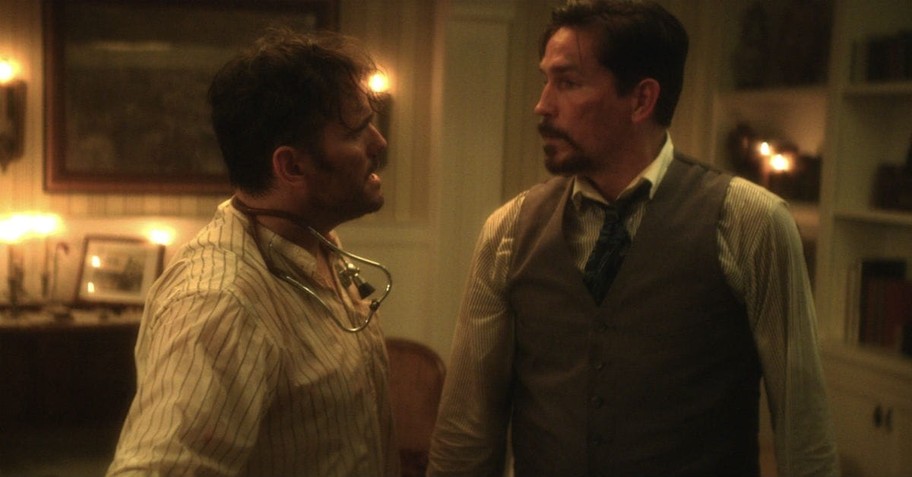
2. Two Famous Actors Playing against Type
Matt Dillon and Jim Caviezel lead this cast of relative unknowns and newcomers. Based on their previous roles, you’d expect Dillon to play the bad guy and Caviezel to play a good guy. But in fact, it’s just the opposite.
Dillon has built a decades-long career off of edgy films (from dramas to comedies to indies) in which he’s played either the heavy or a morally-compromised lead, but here he’s the story’s altruistic ideal. As a physician who cares for the working poor, Dillon’s “Doc” moves to Hawaii in 1919 following the outbreak of several diseases, most prominently the Spanish flu.
In addition, he takes in an orphaned boy under his wing (that’s Jo), raising him not only as an apprentice, but also a son, wanting to adopt Jo, but fighting for years through bureaucratic and cultural barriers. Dillon imbues “Doc” with the sort of passion and conviction you’d expect from a character who dedicates his life to helping the marginalized at an outpost in the middle of the Pacific at the turn of the century.
Then there’s Caviezel, an actor who’s sought out characters and stories that reflect his own Christian worldview and values, most notably the role of Jesus, Himself, in The Passion of the Christ. This time, however, Caviezel plays the daunting villain, the figure that the story’s hero must stand up to and overcome. He’s Reyes, a competing, scheming, and opportunistic physician who comes between Jo and Grace in more ways than one. Reyes has no redeeming qualities, marking a stark departure for Caviezel, but the film’s message and themes fit squarely into his professional ethos.
Photo Courtesy: Blue Fox Entertainment
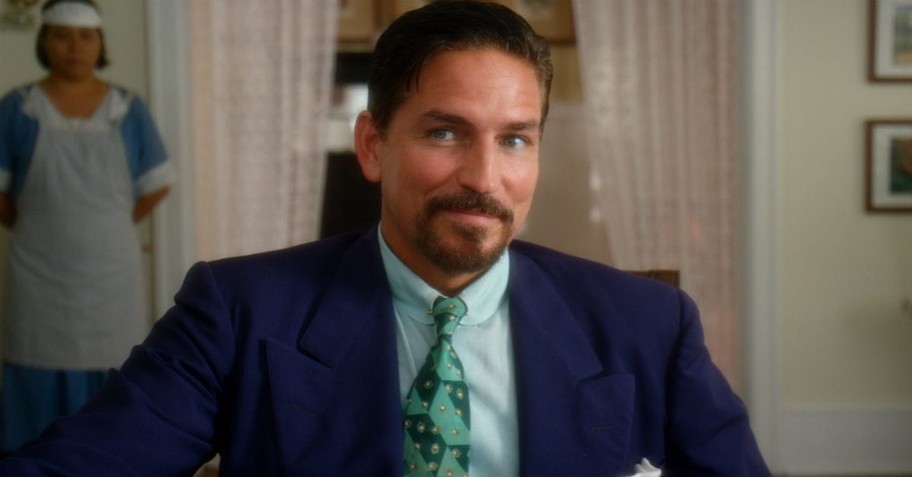
3. An Unknown History of Racial Prejudice
While the story and its characters are fiction, the filmmakers took great lengths to accurately represent a key turning point in Hawaii’s history, shining a light on a transitional crossroads of culture and commerce that, through sacrifices and trials, helped define Hawaii for the modern age.
Still forty years prior to Hawaii’s statehood, while it was a U.S. territory, 1919 was an apex of immigration for these Pacific isles. Various waves of migration had been occurring for nearly twenty years, first from Puerto Rico and then the Far East, and now it was all coming to a head as new diseases had been introduced to the territory along with its new peoples. Sickness was rampant. Deaths escalated.
In addition, given the relative weakness of the territorial government, plantation owners and other business/agricultural operations maintained effective control over financial institutions and society as a whole. The net result was a feudal-like state of deep class divide, largely along ethnic lines. Racial segregation compounded those divisions, as both Caucasians and Asians did not look favorably on mixed-race persons, relationships, or families.
Through Jo, Grace, their respective parents, and her father’s occupation, Running For Grace distills all of these dynamics into the very fabric of its fable, allowing the film to serve as a family-appropriate entrée into more serious issues like bigotry, poverty, discrimination, and the inherent equality of all human beings.
Photo Courtesy: Blue Fox Entertainment

4. A Gorgeous Hawaii Locale
It’s not overstating things to say that few filmmakers capture their locations as beautifully as director David L. Cunningham does. A native of Hawaii who has shot films there before, Cunningham (along with cinematographer Akis Konstantakopoulos) photographs the mountainous tropical landscapes of Hawaii’s Big Island with eye-popping color, a grand visual sweep and, at times, pure majesty. The look is absolutely lush, gorgeous, a true paradise, and it’s reason enough to see Running For Grace on as big of a screen as possible.
Photo Courtesy: Blue Fox Entertainment/Youtube
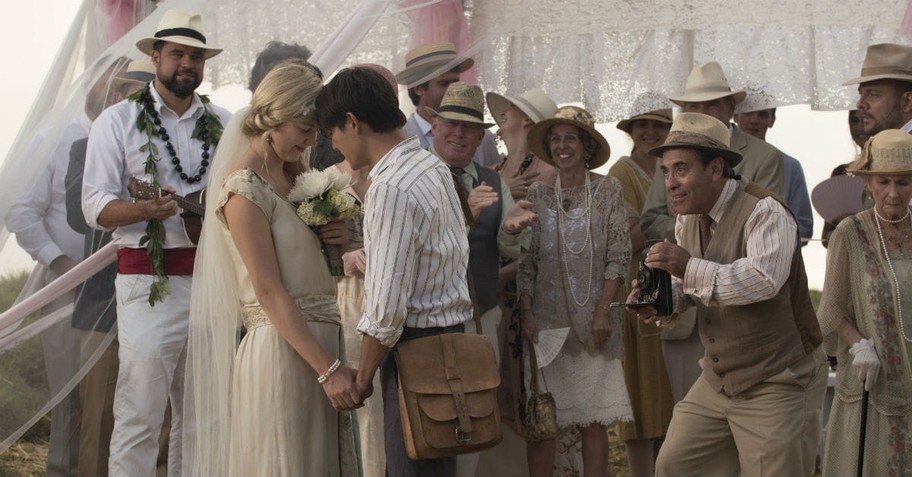
5. A Family Film of High Production Value
This may be a low-budget independent movie, but it sure doesn’t look like one. Along with the visual gloss of its stunning imagery, this world of one-hundred years ago, is rich in period design and exacting detail. Sets, locations, and costumes are as artfully rendered as they are authentic, matching the convincing reality often seen in this film’s more highly-financed Hollywood counterparts. Whatever money the producers had to work with, it all ended up on the screen.
Photo Courtesy: Blue Fox Entertainment
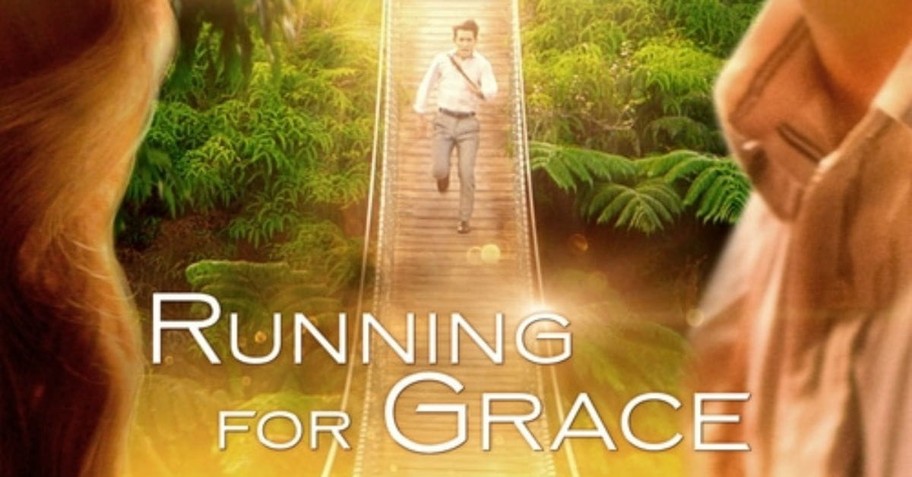
A Values-Affirming Family Film
Running For Grace is not a faith-based film in the strictest sense. There are no overt expressions of Christian belief or practice, or moments of prayer-induced Divine intervention, however; distributor Blue Fox Entertainment isn’t missing the mark by targeting that audience. Running For Grace delivers the kind of family-friendly, values-affirming movie that faith-based audiences not only expect, but also hope for.
Jeffrey Huston is a contributing film critic and writer for Crosswalk.com. He also serves as a film & video writer, director, and editor for Steelehouse Productions in Tulsa, OK, and is a member of the Oklahoma Film Critics Circle.
Photo Courtesy: Blue Fox Entertainment
Originally published August 17, 2018.








